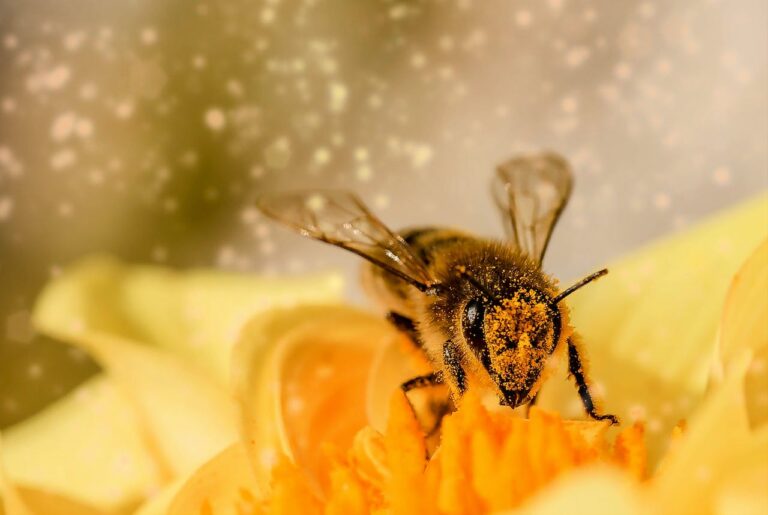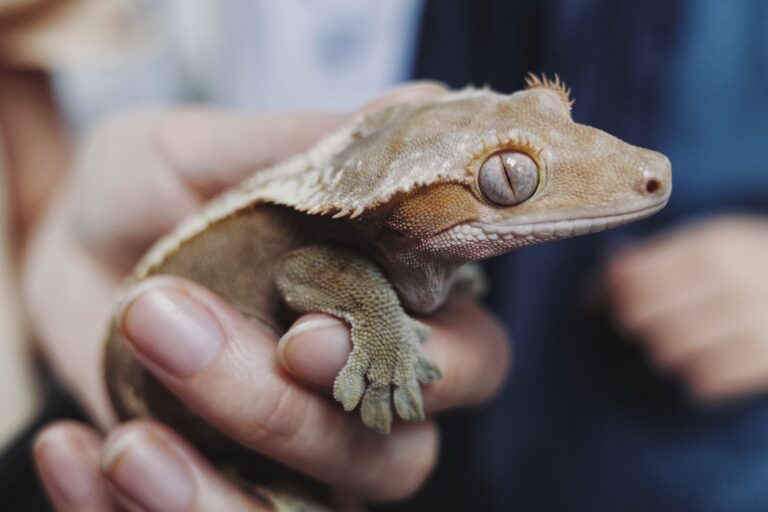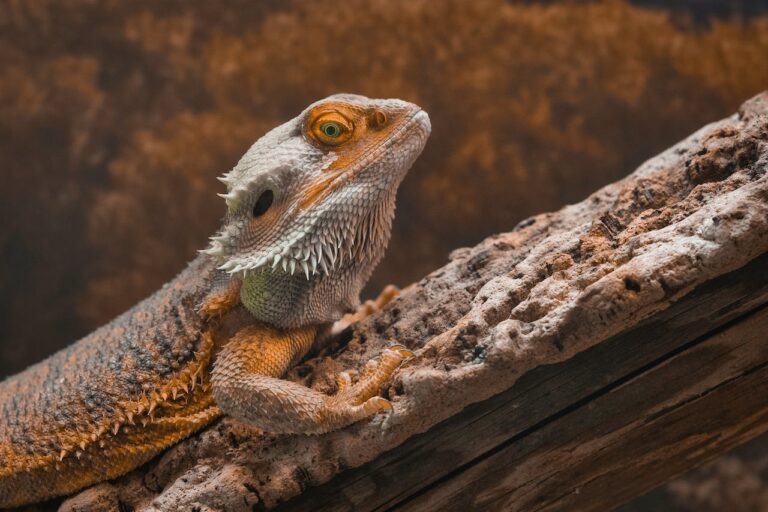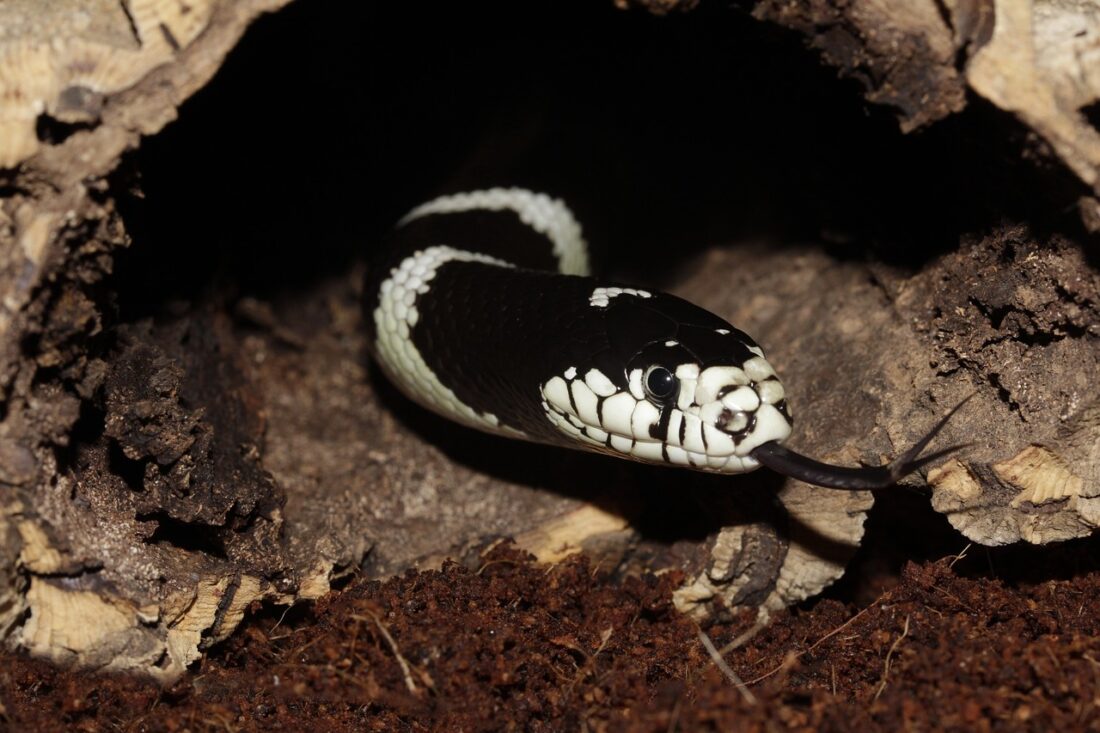How Long do Painted Turtles Live? A Complete Lifespan Guide

Painted turtles are one of the most popular and recognizable turtles in North America, and they’re also surprisingly long-lived. Many people don’t realize that these small, colorful turtles can live for several decades, often outlasting dogs, cats, and even their owners.
Whether you’re thinking about getting one as a pet or just curious about their natural lifespan, understanding how long painted turtles live can help you appreciate these amazing animals even more!
In this guide, you’ll learn how long they survive in the wild, how long they can live in captivity, and the key factors that help them live for 40–50+ years.
Quick Answer: How Long Do Painted Turtles Live?
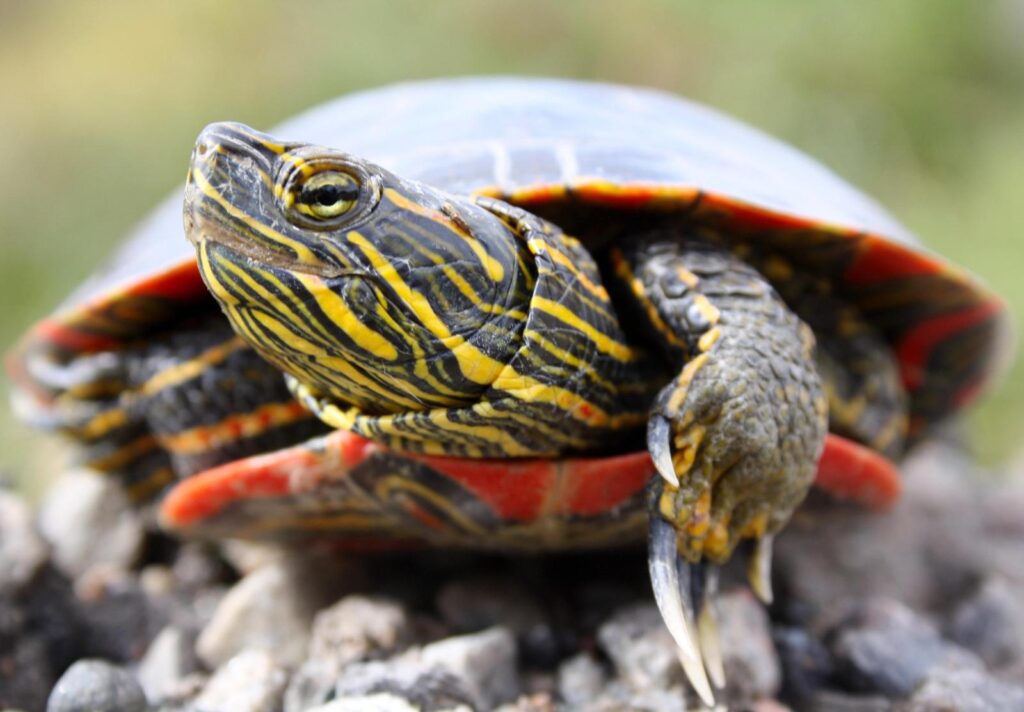
Painted turtles typically live 25 to 50 years, with some individuals reaching over 60 years in both wild and captive environments. The longest documented painted turtle lived to be 61 years old, according to a University of Michigan study.
In captivity, with proper care, most painted turtles live 30 to 40 years. Their lifespan varies by subspecies, quality of care, diet, habitat conditions, and whether they’re living in the wild or as pets.
Painted Turtle Lifespan in Captivity
When kept as pets with excellent care, the average lifespan for a captive painted turtle is about 30 to 40 years.
The Longevity Record
The oldest scientifically documented painted turtle lived to be 61 years old, discovered through a long-term study at the University of Michigan’s E.S. George Reserve in southeastern Michigan. Researchers captured, marked, and tracked painted turtles over multiple decades to establish this remarkable record!
Why Pet Turtles Often Live Longer
Captive painted turtles frequently outlive their wild counterparts for several important reasons:
- Protection from predators: No constant threats from raccoons, foxes, badgers, or crows
- Consistent food supply: Regular, balanced meals without the struggle of hunting
- Veterinary care: Health issues can be treated before becoming life-threatening
- Controlled environment: Optimized temperature, water quality, and lighting year-round
- Reduced injury risk: No dangers from vehicles, fishing hooks, or habitat destruction
Painted Turtle Lifespan in the Wild
Wild painted turtles face a much harsher reality than their captive cousins. While the potential for a long life exists, most wild turtles don’t reach their maximum lifespan.
Research suggests that wild painted turtles can live more than 50 years if they survive to adulthood. However, the average lifespan is considerably shorter due to the numerous threats they face.
What Shortens Wild Lifespans
Wild painted turtles must overcome significant obstacles:

- Predation: Eggs and hatchlings are especially vulnerable, with survival rates as low as 1-2% in some populations
- Habitat loss: Wetland drainage and development destroy critical nesting and feeding areas
- Road mortality: Many turtles are killed crossing roads, especially nesting females
- Pollution: Water contamination affects food sources and overall health
- Climate extremes: Harsh winters, droughts, and flooding can be deadly
- Injury and disease: Without medical intervention, infections and injuries often prove fatal
Despite these challenges, adult painted turtles in healthy habitats can live for several decades.
Lifespan by Subspecies
Painted turtles come in four distinct subspecies, each with slightly different lifespans.
Eastern Painted Turtle (Chrysemys picta picta)
Average Lifespan: 30-40 years
Maximum Recorded: 50+ years
The Eastern painted turtle is found along the Atlantic coast and is highly aquatic. These turtles rarely leave the water except to bask or nest. With proper care, they commonly reach their 30s and 40s in captivity.
Midland Painted Turtle (Chrysemys picta marginata)
Average Lifespan: 25-35 years
Maximum Recorded: 45+ years
Midland painted turtles prefer quiet, shallow waters and are somewhat smaller than their Western cousins. They’re hardy turtles that adapt well to captivity, typically living into their 30s with good care.
Western Painted Turtle (Chrysemys picta bellii)
Average Lifespan: 35-50 years
Maximum Recorded: 61 years
The Western painted turtle holds the longevity record for the species. These are the largest subspecies and tend to live the longest. Many reach their 40s and 50s in captivity, making them truly long-lived companions.
Southern Painted Turtle (Chrysemys dorsalis)
Average Lifespan: 20-30 years
Maximum Recorded: 40+ years
The Southern painted turtle is the smallest subspecies and generally has a shorter lifespan. However, they can still live 25-30 years with excellent care. These turtles are less cold-tolerant than other subspecies.
What Affects Painted Turtle Lifespan?
Several critical factors determine whether your painted turtle lives 20 years or 50 years. Understanding and optimizing these elements is key to ensuring your turtle lives a long, healthy life.
1. Diet and Nutrition
Proper nutrition is the single most important factor affecting painted turtle longevity. Painted turtles are omnivorous and need a varied diet that changes as they age.
Juveniles need more protein (about 50%), while adults need more vegetables (about 75%).
A balanced diet includes high-quality turtle pellets, protein sources like earthworms and fish, and leafy greens such as collard greens and dandelion greens. Poor diet leads to metabolic bone disease, shell deformities, and shortened lifespan.
2. Water Quality and Filtration

Painted turtles spend most of their lives in water, making water quality critical to their health. Poor water conditions lead to respiratory infections, shell rot, and bacterial diseases.
You’ll need a powerful canister filter (rated for 2-3x your tank volume) because turtles are extremely messy eaters.
Regular water changes (30% every 1-2 weeks) are essential to prevent toxic buildup, even with excellent filtration.
3. UVB Lighting and Basking
Without proper UVB lighting, painted turtles cannot produce vitamin D3, leading to metabolic bone disease, a painful, life-shortening condition.
They need UVB exposure for 10-14 hours daily (depending on season) along with a proper basking area heated to 95-104°F. The basking spot should be completely dry and large enough for your turtle to climb out and thermoregulate naturally.
4. Adequate Space
Painted turtles can grow up to 10 inches and need substantial space. The general rule is at least 10 gallons of water per inch of shell length, meaning a full-grown turtle needs 100+ gallons.
Cramped conditions cause chronic stress, which weakens the immune system and significantly shortens lifespan.
5. Veterinary Care
Regular checkups with a reptile veterinarian are needed to catch problems early.
Common health issues like metabolic bone disease, respiratory infections, shell rot, and vitamin A deficiency can be treated if detected in time.
Turtles hide illness extremely well, so annual vet visits are important even when they seem fine.
6. Genetics
Like all animals, some painted turtles are genetically predisposed to live longer than others. However, excellent care helps any turtle reach its full genetic potential.
A turtle with average genetics but proper care will outlive a genetically superior turtle in poor conditions.
Life Stages of Painted Turtles
Understanding the different life stages helps you provide age-appropriate care.
Hatchling Stage (0-1 Year)
Hatchlings measure just 1 inch long when they emerge from the nest. This is the most vulnerable life stage, with extremely high mortality rates in the wild.
Care needs: Daily feeding, warm water (78-80°F), extra calcium supplementation, and smaller tanks are acceptable (20-30 gallons)
Juvenile Stage (1-5 Years)
Juveniles grow rapidly during this period. Males reach sexual maturity around 3-5 years, while females take 6-10 years.
Care needs: Every other day feeding, gradually adjusting protein-to-vegetable ratio, upgrading to larger tanks as they grow, consistent UVB exposure
Adult Stage (5+ Years)
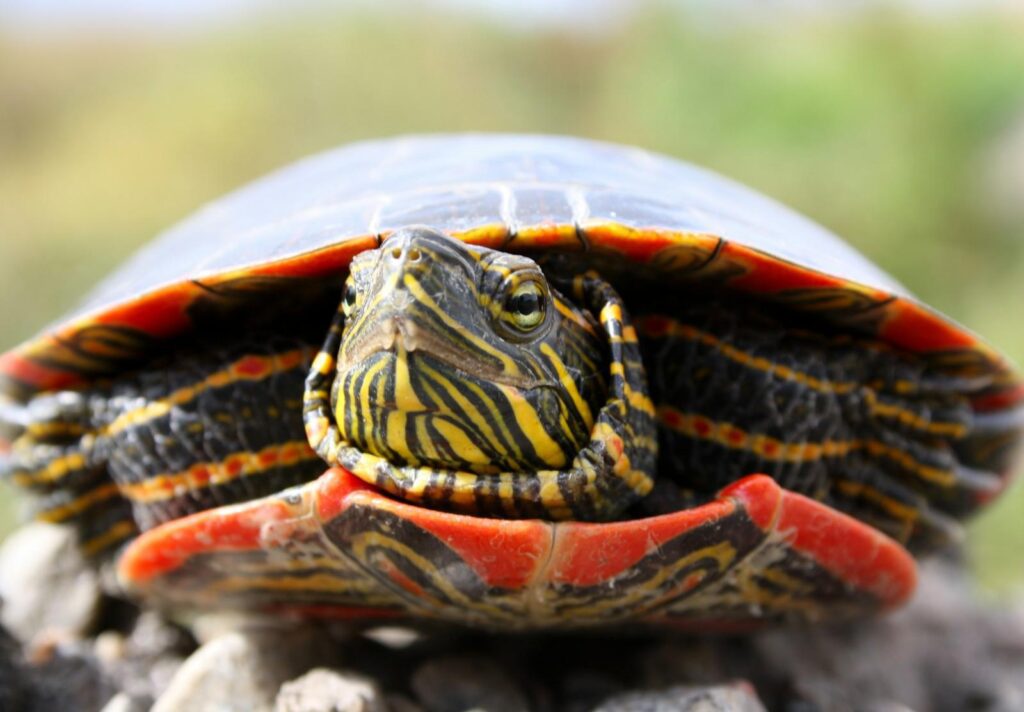
Adults are fully grown and require less frequent feeding. This is when proper care really pays off. Adult painted turtles with excellent care can live another 30-40 years.
Care needs: Feed every 2-3 days, final tank size (75-100+ gallons depending on size), continued UVB and proper water parameters, regular health monitoring
Senior Stage (30+ Years)
Older painted turtles may become less active but can remain healthy with proper care. Some develop age-related issues like arthritis or cataracts.
Senior care considerations: May need easier access to basking areas, softer foods if appetite decreases, more frequent vet checkups, and continue all standard care requirements
Signs Your Turtle Isn’t Thriving
Even with the best intentions, problems can develop. Watch for these warning signs:
Physical Signs
- Shell is becoming soft or developing spots/discoloration
- Swollen or closed eyes
- Difficulty swimming or staying submerged
- Breathing with mouth open or bubbles from nose
- Lethargy or refusing to bask
- Visible injuries or bleeding
Behavioral Changes
- Refusing food for more than a week
- Floating at odd angles
- Excessive basking or staying in water constantly
- Rubbing eyes or shell against objects
- Aggressive behavior (may indicate the turtle is in pain/distressed)
If you notice any of these signs, consult a reptile veterinarian immediately. Early intervention can add years to your turtle’s life.
How to Tell Your Turtle’s Age
Many owners wonder about their turtle’s age, especially when adopting an adult. Unfortunately, accurately aging adult painted turtles is extremely difficult.
Growth Ring Method (Limited Accuracy)
Young painted turtles develop rings on their shell scutes, similar to tree rings. Each ring theoretically represents one year of growth. However, this method is only somewhat reliable for turtles under 5-7 years old.
Why it’s unreliable for adults:
- Rings wear away over time
- Growth rates vary based on diet and environment
- Multiple rings can form in a single year
- Rings can be very faint or absent in older turtles
Size-Based Estimation (Very Rough)
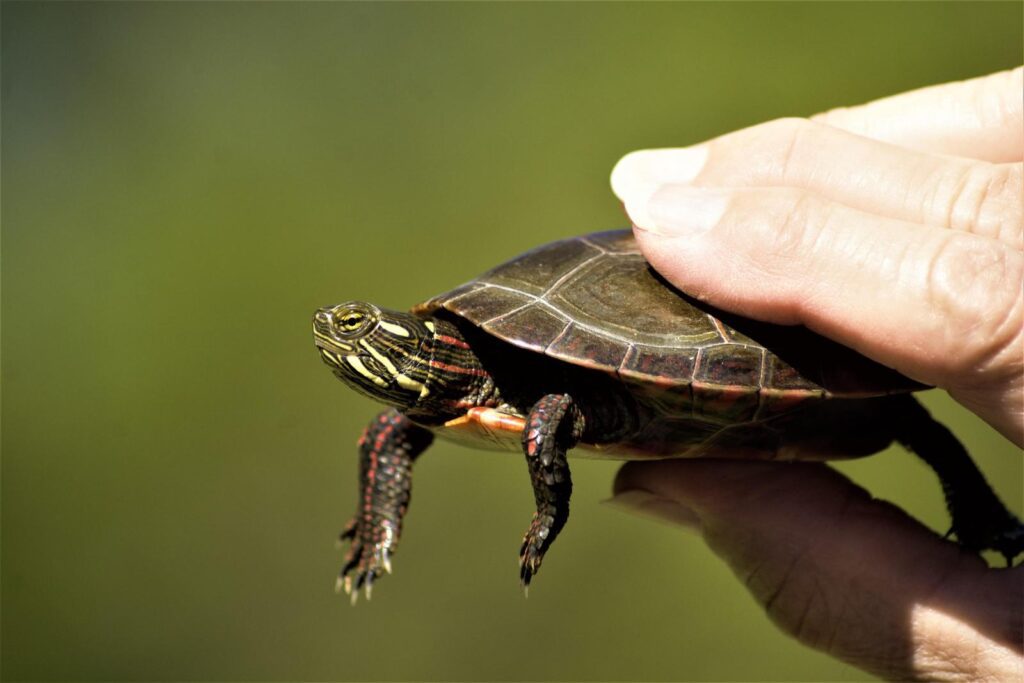
Adult size can provide a very rough age estimate:
- 2-3 inches: 1-3 years old
- 4-5 inches: 3-7 years old
- 6+ inches: 7+ years old (adult)
However, genetics, diet, and habitat significantly affect growth rates, making size-based aging unreliable.
The Most Reliable Method
For pet owners, keeping detailed records from the day you acquire your turtle is the only accurate way to track age.
Expert Tips to Maximize Lifespan
Do you want to give your painted turtle the best chance at reaching 50+ years? Here are the key factors you need.
Quality Equipment: Invest in a good canister filter, a reliable heater, and optimal UVB lighting. Cheap equipment usually fails to provide proper care.
Consistency: Turtles thrive on routine. Keep feeding times, temperatures, and lighting schedules stable.
Environmental Enrichment: Add live plants and rearrange decorations occasionally to keep your turtle mentally stimulated.
Hygiene: Remove uneaten food promptly, clean decorations regularly, and maintain water quality through weekly changes.
Long-Term Planning: Your painted turtle could live 40+ years. Consider arrangements if you are no longer able to care for your turtle.
Keep Records: Track feeding, growth, and health observations to identify problems early.
Common Mistakes That Shorten Lifespan
Avoid these frequent errors:
- Tank Too Small: Cramped conditions cause stress and health problems
- No UVB Lighting: Leads to metabolic bone disease
- Poor Water Quality: Causes infections and disease
- Improper Diet: Creates nutritional deficiencies
- No Basking Area: Results in shell rot and respiratory infections
- Too Much Handling: Excessive stress impacts health and lifespan
Painted Turtles vs. Other Pet Turtles
How does painted turtle longevity compare to other popular pet turtle species?
|
Turtle Species |
Average Lifespan |
Maximum Recorded Lifespan |
|---|---|---|
|
Painted Turtle |
30-40 Years |
61 Years |
|
Red-Eared Slider |
20-30 Years |
40+ Years |
|
Box Turtle |
50-100 Years |
130+ Years |
|
Map Turtle |
15-25 Years |
35+ Years |
|
Musk Turtle |
30-50 Years |
50+ Years |
|
Snapping Turtle |
30-50 Years |
100+ Years |
Painted turtles fall in the middle range. They are not as long-lived as box turtles, but longer than many aquatic species.
This makes them a serious commitment, but not quite the century-long responsibility of some turtle species.
Is a Painted Turtle Right for You?

Before bringing home a painted turtle, seriously consider the lifelong commitment:
Questions to Ask Yourself:
- Can I commit to 30-40 years of care? This turtle could outlive your career.
- Can I afford long-term care? Quality equipment, food, and veterinary care add up over decades.
- Do I have space for a 75-100-gallon setup? Painted turtles need significant space as adults.
- Am I prepared for daily/weekly maintenance? Tank cleaning, water changes, and feeding never stop.
- Do I have a plan if I can’t care for the turtle any longer? Rehoming adult turtles is difficult.
If you answered yes to all these questions and understand the long-term commitment, a painted turtle can be an incredibly rewarding companion for decades.
Frequently Asked Questions
How can I make my painted turtle live longer?
Maximize your turtle’s lifespan by providing excellent water quality with proper filtration, UVB lighting 12-14 hours daily, a varied diet including both protein and vegetables, adequate tank size, proper basking area at 88-94°F, annual veterinary checkups, and minimal handling to reduce stress.
At what age is a painted turtle considered old?
Painted turtles are generally considered senior citizens after age 30, though many remain healthy and active into their 40s and 50s. Age-related changes like decreased activity may begin around 35-40 years.
Can painted turtles live 100 years?
While some turtle species can live 100+ years (like box turtles and tortoises), painted turtles have not been documented to reach this age. The maximum confirmed lifespan for painted turtles is 61 years.
How long do baby painted turtles live?
Baby painted turtles have the same potential lifespan as adults, 30-50+ years, but face much higher mortality rates in their first years. With proper care from day one, a baby painted turtle can live 40+ years.
Summary
Painted turtles are remarkable creatures capable of living for half a century or more with excellent care.
This exceptional longevity makes them both a serious commitment and an incredible opportunity to develop a true lifetime bond.
The key to maximizing your painted turtle’s lifespan lies in understanding and meeting their needs consistently over decades. Large tanks, clean water, proper lighting, nutritious food, and regular veterinary care aren’t optional. They’re the foundation of a long, healthy life.
Before bringing home a painted turtle, carefully consider the commitment. These aren’t low-maintenance pets, and their decades-long lifespan means you’re making a decision that will affect your life for potentially 40+ years.
But for those willing to make this commitment, painted turtles offer something special: the chance to care for a beautiful, fascinating creature throughout much of your own life.
If you’re ready for the journey, a painted turtle can be one of the most rewarding pets you’ll ever own.
Well, that’s a wrap! I hope you learned something new about painted turtles, and as always, feel free to leave a comment down below if you have any questions! 🙂

